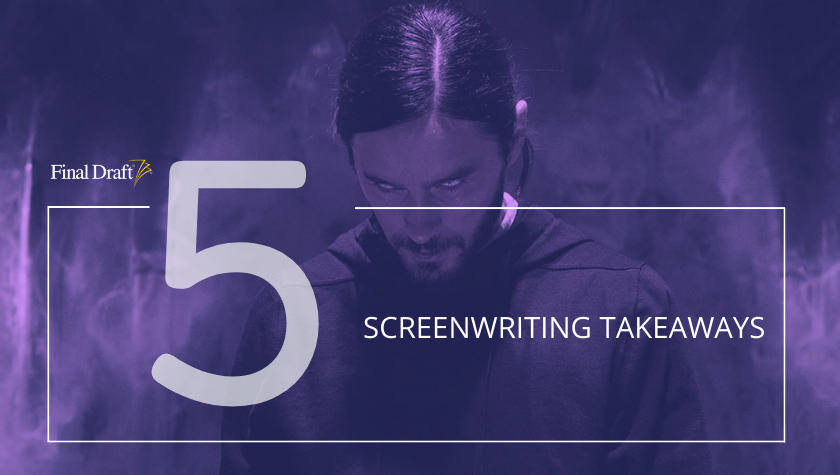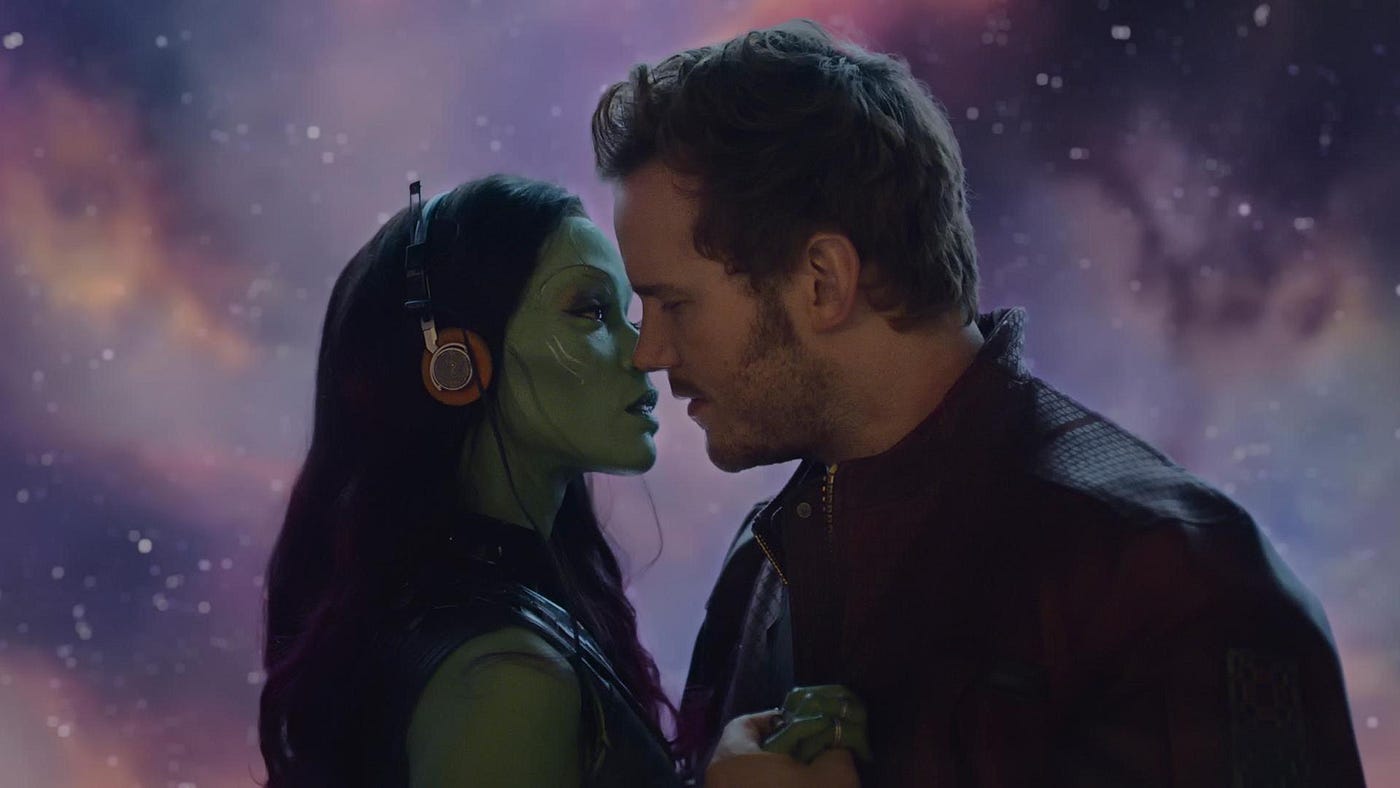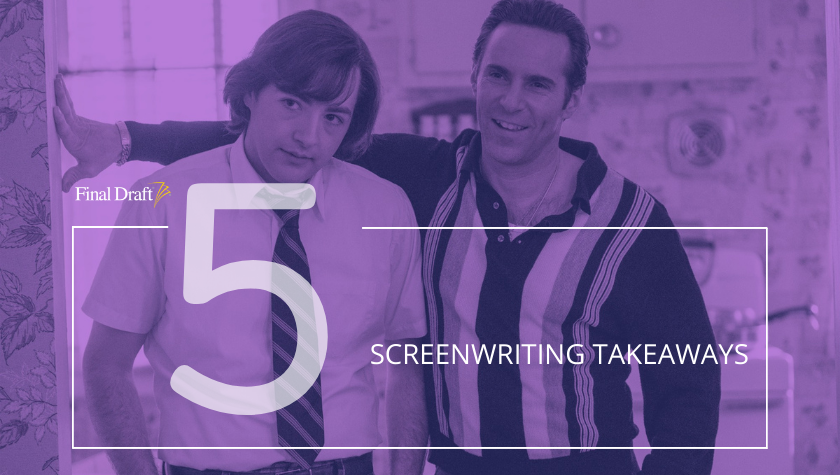5 Screenwriting Takeaways: 'Shang-Chi' and how to develop a Marvel origin story
September 17, 2021
Shaun is just a guy living in San Francisco who parks cars for a living and wanders through life with no direction. But Shang-Chi and the Legend of the Ten Rings is a Marvel movie, so that definitely won’t be the place he ends up. His character arc must be wide and this ordinary person must become the extraordinary hero.
Shang, who unofficially changed his name to Shaun after running from his past, has been violently thrown into his old life and must return to China to learn about his family and why they are coming back into his life.
Shang-Chi and the Legend of the Ten Rings was written by Dave Callaham, Destin Daniel Cretton, and Andrew Lanham, and stars Simu Liu, Awkwafina, Tony Chiu-Wai Leung and Michelle Yeoh.
Here are five screenwriting takeaways from Shang-Chi and the Legend of the Ten Rings:
1. This is an origin story
Admittedly, I’m not much of a comic book person and most of what I’ve learned about the Marvel Universe has come from the movies. I'd never heard of Shang-Chi until the trailers for the movie came out. It’s almost expected that superhero characters will have their origin story, and as such, there are certain rules that seem to pop up.
Writers interested in creating an origin story, whether they’re fortunate to work on a major blockbuster or establishing one of their own characters, can see in Shang-Chi and other films some of the must-haves.
Most origins center around family. How the main character became who they are often has to do with their parents or the situations they grew up in. Shang-Chi is no different. The audience sees how Shaun was raised, the triumphs and turmoil that sent him on his path, and why he must now return.
Origins are just that: the beginning. It’s where the viewer learns the backstory of the character.
2. You can flash back from multiple characters
One interesting way the stories are presented is through flashbacks from the perspective of multiple characters. The film opens up with a history of the 10 rings and their significance throughout the centuries leading to Shaun’s father, Xu Wenwu (Leung).
When the film jumps to Shaun’s life and the story begins playing out, the audience learns through flashbacks what happened to make Shaun a reluctant warrior. But the viewer also gets to see flashbacks from the perspective of Xu.
This film shows that there isn’t a single perspective an origin story needs to take. In fact, Xu is a part of the origins of Shaun and makes the flashback valid.
Writers can see how using these flashbacks can make the perceived antagonist of the film more empathetic. Why the antagonist is who they are is just as important as who the protagonist is.
3. This is a Marvel movie
Every Marvel movie must have a few winks to other parts of the universe and even include certain aspects the audience is familiar with overall.
These characters are living in the previously known universe where, at some point, half the universe disappeared. This event is mentioned a few times in the story and shows the audience where this particular character stands in relation to other storylines.
There are also a handful of secondary and tertiary characters from previous films that pop in, albeit their existence doesn’t leave a viewer with little knowledge of previous films confused.
Having lived through one decade-long story arc that led to Thanos and his two-film Marvel extravaganza, viewers can see how the recent Marvel origin stories are setting up to be one cohesive storyline.
The takeaway is the necessity to follow along the lines of what the story needs to be: a massive collaboration effort with several films aiming toward a single point. For writers on assignment, they may have to create on someone else’s terms.
4. Creating a sidekick
Rarely does a protagonist go at it alone, especially a superhero. They need a sidekick. While sidekicks often fall under certain tropes, it’s okay to lean on that for levity in a somewhat chaotic situation.
Shang-Chi, like most superhero movies, is fun, even as the world is heading toward destruction and the lead character is going through traumatic events. Therefore, the fun and witty sidekick is there to be many things to our superhero.
In Shang-Chi, there is Katy (Awkwafina), who is the trusty sidekick along for the ride. But what writers can take away from a sidekick character like Katy is that they too have a transformation they must go through. She is similar to Shaun in that her life doesn’t have much direction, and she also parks cars. Unlike Shaun, she is more daring and humorous, as sidekicks are wont to be.
While some sidekicks are pushed along on the journey, Katy throws herself at it. She wants to be a part of whatever Shaun has to deal with and her arc reflects her going from sarcastic, directionless valet to heroine in her own right.
5. Never waver from the throughline
What is the glue that holds the movie together? Writers struggling to come up with the next scene or even the next piece of dialogue will go back to what the story is about and find the truth in it. Many refer to this as the throughline. Documentary filmmakers reference it when editing their movie and writers use it to determine what their story is actually about at its deepest, yet basic level.
Shang-Chi’s throughline is the family matriarch, Li (Fala Chen). While on the surface it seems it’s about the 10 rings, the story’s throughline involves Shaun’s mom (I don’t know if "Shang-Chi and His Mom" would be a stellar marketing title, though). She is the one that wins the heart of Xu, who takes care of Shaun and his sister Xialing (Meng'er Zhang), whose untimely death puts the movie in motion and why Shaun must return to China.
Every major decision in the film is based on Li and her impact on the characters around her.
Sometimes a throughline is hard to figure out even as the writer is creating the story, and it could be subject to interpretation as it evolves into a movie or read/watched by others. However, it will help guide the decisions characters make throughout.
As a final thought, there were a few other takeaways from Shang-Chi and the Legend of the Ten Rings worth noting. This film doesn’t shy away from the reality of the characters or the influence other films have on it. There are fighting styles throughout reminiscent of Chinese films such as Crouching Tiger, Hidden Dragon, Ip Man films and other modern kung fu movies. Also, this movie has a lot of subtitles. Considering the film brought in a mammoth of more than $90 million dollars Labor Day weekend and followed it up last weekend with another $36 million, it’s proof that writers shouldn’t fear foreign languages. Audiences will accept this if the story is strong; advice that may not have been given just a few years ago. With Shang-Chi it added a rich layer to the film and helped immerse the audience into the culture and setting of the story.
Shang-Chi and the Legend of the Ten Rings is currently in theaters.
Written by: Steven Hartman
Steven Hartman is an award-winning, optioned screenwriter. He was a Top 5 Finalist in Big Break’s Historical Category in 2019 and won Best Action/Adventure in Script Summit’s Screenplay Competition in 2021. He holds a Bachelor of Arts degree from Columbia College and had internships at Jerry Bruckheimer Films and Village Roadshow Pictures. Steve is a full-time writer and creative video producer by day and a screenwriter and novelist by night.



